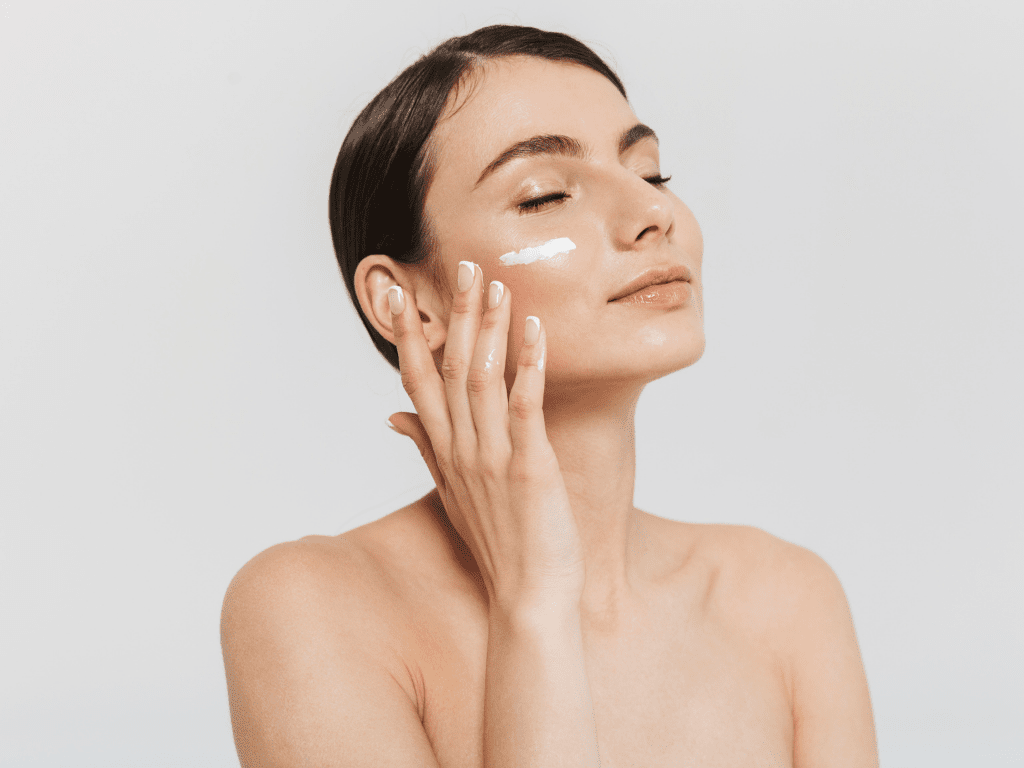What Face Mapping Reveals About Your Health – Get A Rundown
Do you know your face says a lot about your health? Are you banking on chemicals to hide those blemishes? FACE MAPPING confides all you have under the makeup. So, you need to be internally healthy to radiate the blossom on your face, which chemicals can hardly preserve for long. It is very rightly said by James Thurber:
“There are two kinds of light—the glow that illuminates and the glare that obscures.”
Nature has made all remedies and treatments for us that defy chemicals and yet excel in the result. Our age-old Ayurveda says that face mapping can reveal the history of your body parts and organs, as each one has a point connected to your face. Stemming ourselves to the source of nature, we can assert all that is required in this fast-forward competitive world. Using organic products is now global awareness. So why not thrive on natural beauty products to pamper your skin, preserve the natural glow, and keep the radiance long-lasting.

What is Face Mapping?
Face mapping is an ancient distinguishing technique that has its roots in Ayurveda and Traditional Chinese Medicine. According to this technique, certain areas of your face are linked (mapped) to specific internal organs. Minor changes in your skin tone, texture, or appearance are all subtle signs of deeper imbalances. You may also think of this as your body’s way of sending you signals through your skin.
The Origins: Where Ancient Wisdom Meets Modern Insight
-
Traditional Chinese Medicine (TCM): Under TCM, each facial zone corresponds to an organ, i.e., cheeks to lungs, forehead to liver, and so on.
-
Ayurveda: Ayurveda links facial changes to imbalances in the Vatta, Pitta, and Kapha doshas.
-
Modern Wellness: Modern wellness has embraced face mapping in areas like holistic skincare, functional medicine, and lifestyle coaching.
Zone-by-Zone Face Mapping Guide
|
Facial Zone |
Connected Organ/System |
Possible Reasons |
|
Forehead |
Liver and Gallbladder |
Stress, Poor detoxification |
|
Between Eyebrows |
Liver |
Anger, Fatty foods, Poor sleep |
|
Nose |
Heart and Circulatory System |
Blood pressure issues |
|
Cheeks |
Lungs |
Pollution exposure, Breath quality |
|
Chin and Jawline |
Reproductive Organs |
Hormonal fluctuations |
|
Temples |
Kidneys |
Dehydration, Lymphatic stagnation |

Ayurvedic Face Mapping: The Dosha Lens
In Ayurveda, the face can reflect the balance (or imbalance) of the three doshas:
-
Vata (Air & Space): Dryness, dullness, or fine lines in the face.
-
Pitta (Fire & Water): Redness, inflammation, or sensitivity.
-
Kapha (Water & Earth): Oiliness, puffiness, or cystic congestion.
Ayurvedic face mapping considers not just where something appears but also what it looks like and when it appears, which helps in adding layers to diagnosis.
Benefits of Face Mapping in Daily Life
-
Early warning signs for imbalances
-
Encourages internal healing over temporary and surface-level fixes
-
Helps personalise skincare and wellness routines
-
Deepens your understanding of the mind-body-skin connection
How to Use Face Mapping at Home
-
Observe your face regularly under natural light.
-
Track changes in tone, texture, or breakouts over time.
-
Connect with your body: Reflect on digestion, sleep, emotions, or menstrual cycles.
-
Try Ayurvedic rituals: Abhyanga (facial massage), herbal steam, and dosha-specific skincare and dietary adjustments.
Conclusion
Your face tells a story, and face mapping helps you read it. Whether you’re seeking balance, clearer skin, or deeper wellness, this ancient practice bridges outer beauty with inner harmony. By tuning in and listening to what your face reveals, you can uncover a more holistic path to health.


























Leave a comment